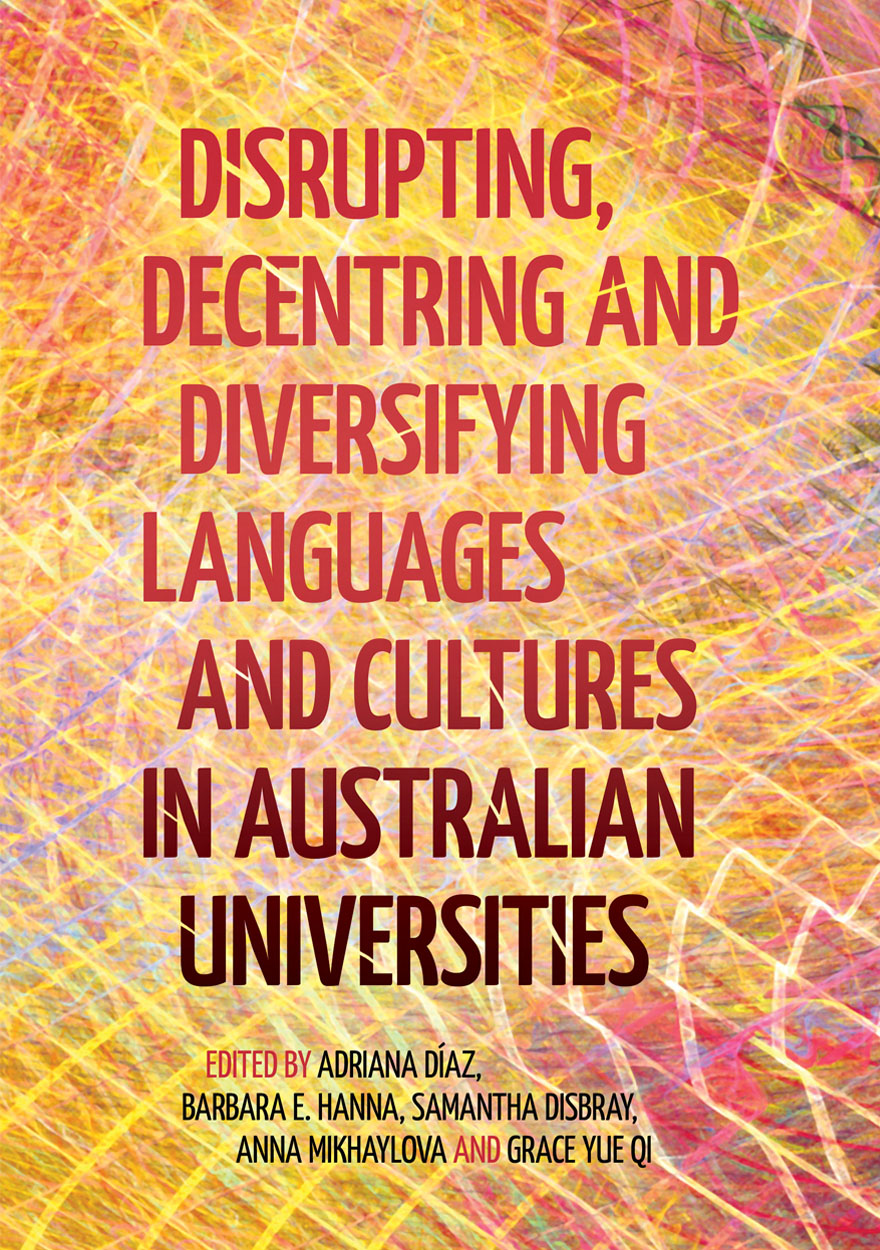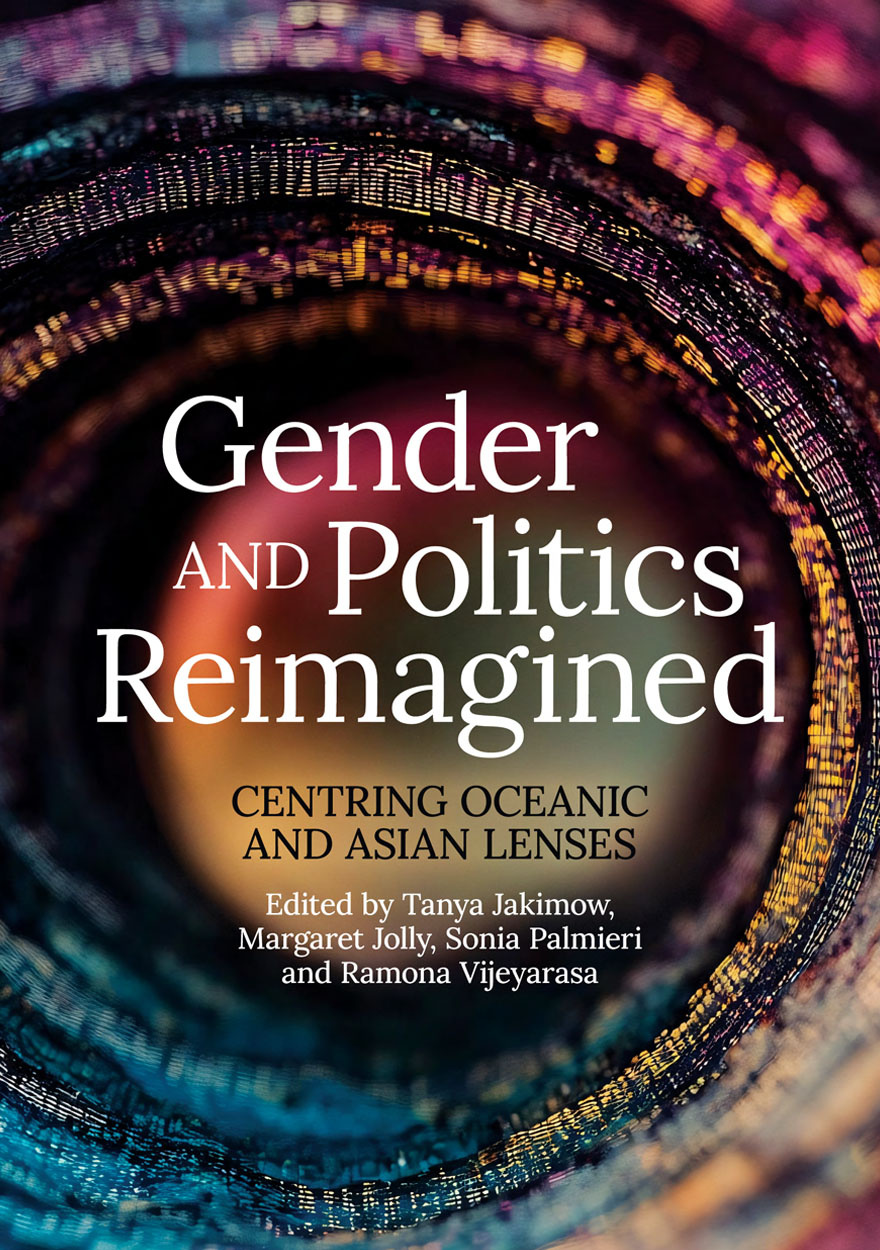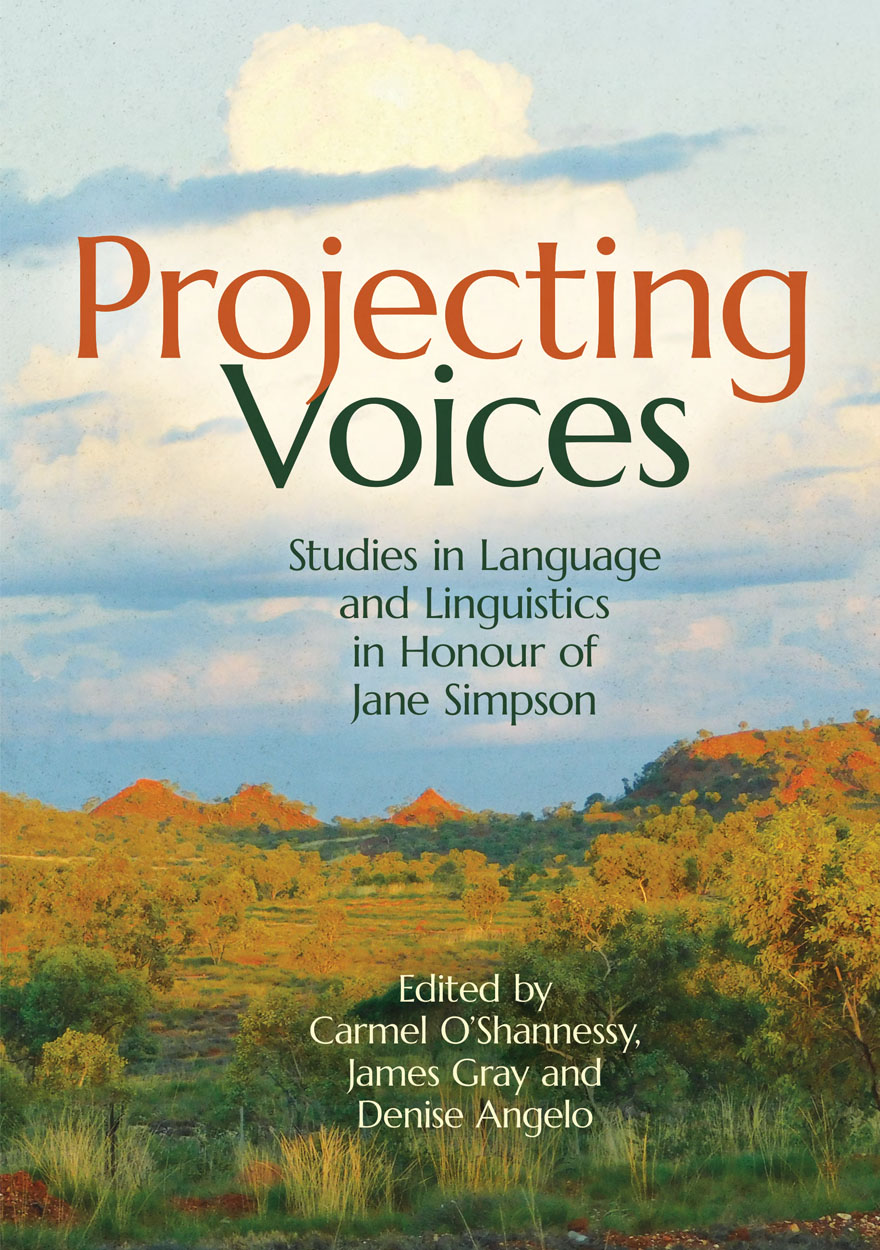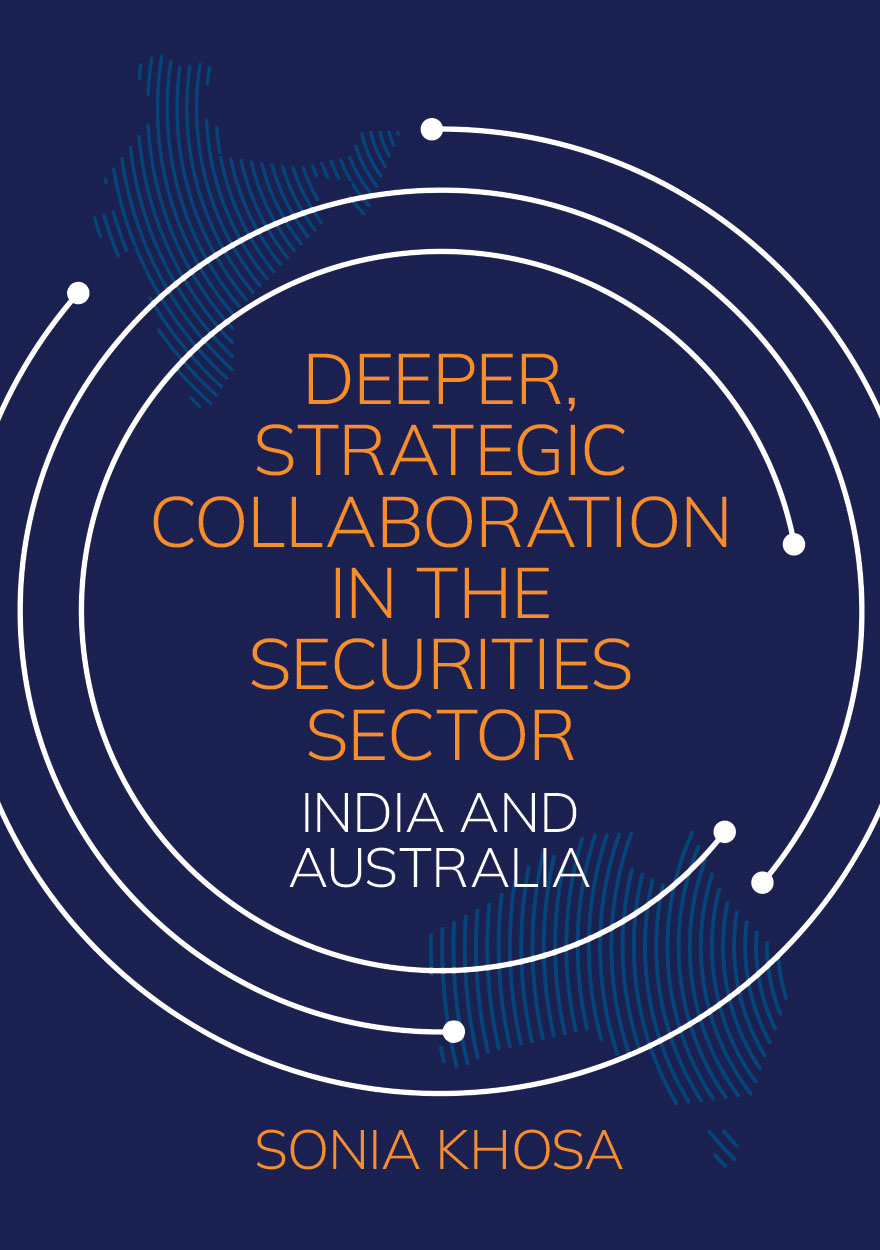Coming soon
Browse the range of exciting titles ANU Press is currently working on. If you wish to receive an alert when a new title is published, click the ‘Notify me’ button next to the relevant title and register your details.

Wild Partners »
Indigenous Worlds and Industrial Giants in Papua New Guinea
Coming soon
Notify me
Australian Journal of Biography and History: No. 10, 2025 »
Coming soon
Notify me
International Review of Environmental History: Volume 10, Issue 2, 2025 »
Coming soon
Notify me
Law in the New Democracy »
Coming soon
Notify me
Indigenous Songs of Victoria »
Coming soon
Notify me
Disrupting, Decentring and Diversifying Languages and Cultures in Australian Universities »
Coming soon
Notify me
Gender and Politics Reimagined »
Centring Oceanic and Asian Lenses
Coming soon
Notify me
Projecting Voices »
Studies in Language and Linguistics in Honour of Jane Simpson
Coming soon
Notify me
Deeper, Strategic Collaboration in the Securities Sector »
India and Australia
Coming soon
Notify me


